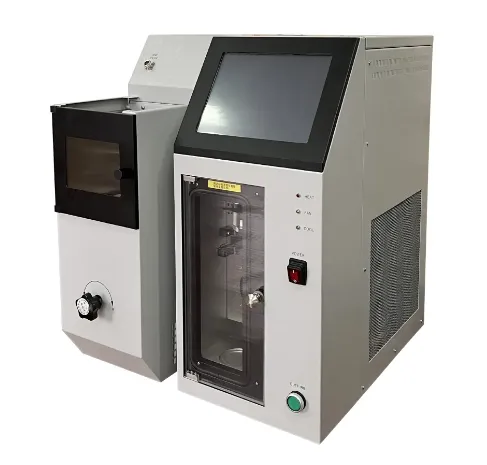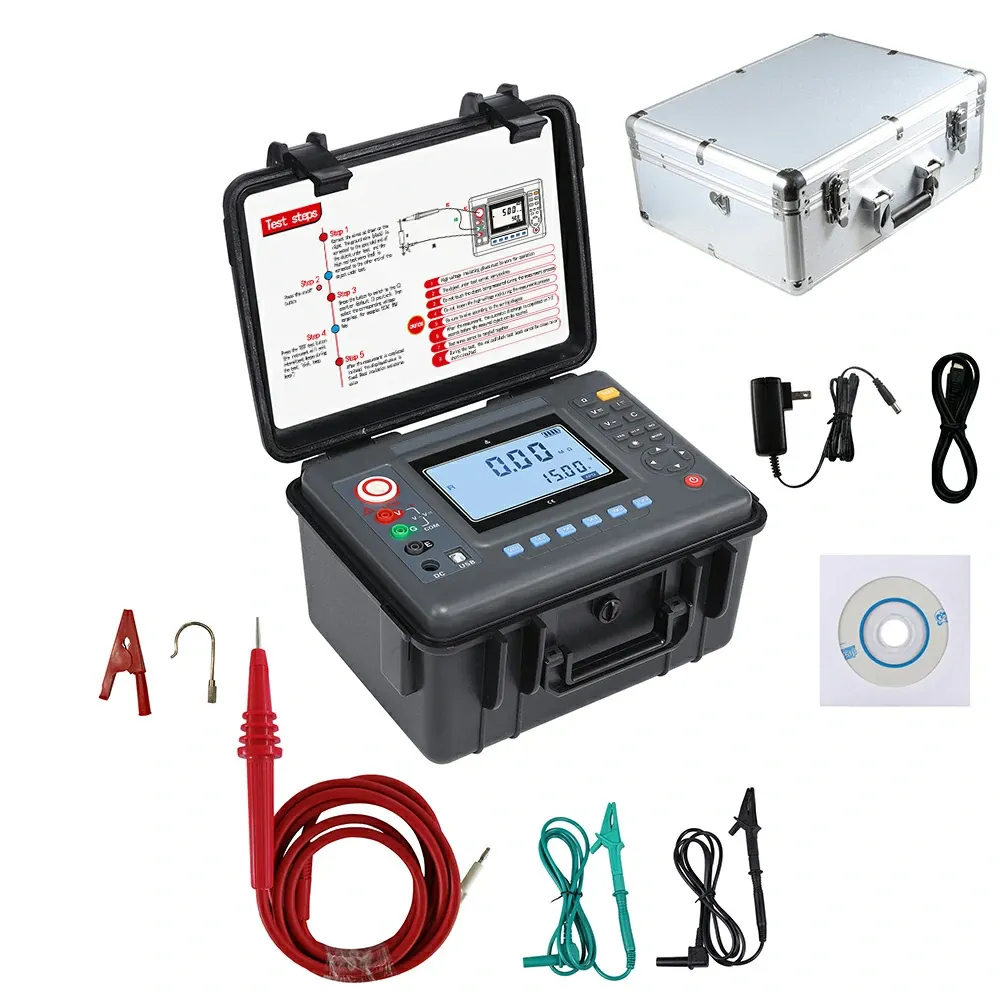 English
English



-
 Afrikaans
Afrikaans -
 Albanian
Albanian -
 Amharic
Amharic -
 Arabic
Arabic -
 Armenian
Armenian -
 Azerbaijani
Azerbaijani -
 Basque
Basque -
 Belarusian
Belarusian -
 Bengali
Bengali -
 Bosnian
Bosnian -
 Bulgarian
Bulgarian -
 Catalan
Catalan -
 Cebuano
Cebuano -
 China
China -
 China (Taiwan)
China (Taiwan) -
 Corsican
Corsican -
 Croatian
Croatian -
 Czech
Czech -
 Danish
Danish -
 Dutch
Dutch -
 English
English -
 Esperanto
Esperanto -
 Estonian
Estonian -
 Finnish
Finnish -
 French
French -
 Frisian
Frisian -
 Galician
Galician -
 Georgian
Georgian -
 German
German -
 Greek
Greek -
 Gujarati
Gujarati -
 Haitian Creole
Haitian Creole -
 hausa
hausa -
 hawaiian
hawaiian -
 Hebrew
Hebrew -
 Hindi
Hindi -
 Miao
Miao -
 Hungarian
Hungarian -
 Icelandic
Icelandic -
 igbo
igbo -
 Indonesian
Indonesian -
 irish
irish -
 Italian
Italian -
 Japanese
Japanese -
 Javanese
Javanese -
 Kannada
Kannada -
 kazakh
kazakh -
 Khmer
Khmer -
 Rwandese
Rwandese -
 Korean
Korean -
 Kurdish
Kurdish -
 Kyrgyz
Kyrgyz -
 Lao
Lao -
 Latin
Latin -
 Latvian
Latvian -
 Lithuanian
Lithuanian -
 Luxembourgish
Luxembourgish -
 Macedonian
Macedonian -
 Malgashi
Malgashi -
 Malay
Malay -
 Malayalam
Malayalam -
 Maltese
Maltese -
 Maori
Maori -
 Marathi
Marathi -
 Mongolian
Mongolian -
 Myanmar
Myanmar -
 Nepali
Nepali -
 Norwegian
Norwegian -
 Norwegian
Norwegian -
 Occitan
Occitan -
 Pashto
Pashto -
 Persian
Persian -
 Polish
Polish -
 Portuguese
Portuguese -
 Punjabi
Punjabi -
 Romanian
Romanian -
 Russian
Russian -
 Samoan
Samoan -
 Scottish Gaelic
Scottish Gaelic -
 Serbian
Serbian -
 Sesotho
Sesotho -
 Shona
Shona -
 Sindhi
Sindhi -
 Sinhala
Sinhala -
 Slovak
Slovak -
 Slovenian
Slovenian -
 Somali
Somali -
 Spanish
Spanish -
 Sundanese
Sundanese -
 Swahili
Swahili -
 Swedish
Swedish -
 Tagalog
Tagalog -
 Tajik
Tajik -
 Tamil
Tamil -
 Tatar
Tatar -
 Telugu
Telugu -
 Thai
Thai -
 Turkish
Turkish -
 Turkmen
Turkmen -
 Ukrainian
Ukrainian -
 Urdu
Urdu -
 Uighur
Uighur -
 Uzbek
Uzbek -
 Vietnamese
Vietnamese -
 Welsh
Welsh -
 Bantu
Bantu -
 Yiddish
Yiddish -
 Yoruba
Yoruba -
 Zulu
Zulu
Gas Chromatograph Spectrometer Precision Analysis & Reliable GC-MS Systems
- Overview of gas chromatograph spectrometer
s and their significance in modern analytical chemistry - Technical advancements driving performance in gas chromatograph mass spectrometers (GC-MS)
- Comparative analysis of leading GC-MS models and pricing structures
- Customizable solutions for industry-specific requirements
- Real-world applications demonstrating operational efficiency
- Cost-benefit analysis and ROI considerations
- Future trends in gas chromatograph spectrometer technology

(gas chromatograph spectrometer)
Gas Chromatograph Spectrometer: Precision in Modern Analytical Science
The gas chromatograph spectrometer remains a cornerstone in analytical laboratories, enabling precise separation and identification of chemical compounds. With a projected CAGR of 6.2% (2023-2030) in the chromatography market, these instruments are critical for industries requiring ultralow detection limits (0.1-10 ppm) and high-resolution analysis. The integration of mass spectrometry with gas chromatography has elevated detection accuracy to 99.7% in certified systems, making GC-MS indispensable for environmental monitoring, pharmaceutical QA, and forensic investigations.
Engineering Excellence in GC-MS Systems
Modern GC-MS systems achieve 5x faster analysis speeds compared to decade-old models through advanced capillary column technology and triple-axis HES-SIM detectors. Key innovations include:
- Micro-plasma ionization sources reducing sample prep time by 40%
- AI-driven peak integration with <0.5% false-positive rates
- Modular designs enabling seamless upgrades from FID to MS detectors
Competitive Landscape: Performance vs. Gas Chromatograph Mass Spectrometer Price
| Model | Detection Limit (ppb) | Analysis Speed (samples/hr) | Price Range (USD) |
|---|---|---|---|
| Agilent 8890 GC/MS | 0.5 | 22 | 85,000–112,000 |
| Thermo Scientific ISQ™ 7610 | 0.3 | 28 | 92,500–128,000 |
| Shimadzu GCMS-QP2050 | 1.0 | 18 | 74,000–98,000 |
Tailored Configurations for Specialized Workflows
Modular GC-MS platforms now support 15+ detector combinations, including:
- High-sensitivity ECD for pesticide residue analysis (LOD 0.02 ppb)
- Reactive gas kits for VOC quantification in air quality studies
- PrepChrom™ interfaces for preparative-scale separations
Field-deployable systems with 30-minute startup sequences are revolutionizing on-site environmental audits, achieving 98% correlation with lab results.
Operational Case Studies: Efficiency Metrics
A pharmaceutical manufacturer reduced impurity analysis time from 14 hours to 3.5 hours daily by implementing automated GC-MS with dual-column backflushing. Key outcomes:
- 27% increase in batch release throughput
- 63% reduction in carrier gas consumption
- ROI achieved in 11 months via reduced rework costs
Financial Considerations for GC-MS Implementation
While entry-level GC-MS systems start at $74,000, mid-tier models ($95,000–$120,000) typically deliver 18% lower lifecycle costs through:
- Extended maintenance intervals (1,500+ operating hours)
- Compatibility with low-cost consumables
- Energy-efficient turbo pumps saving $2,400/year in power
Next-Generation Gas Chromatograph Spectrometer Technologies
The emergence of GC-Orbitrap™ systems (mass accuracy <1 ppm) and chip-based micro-GC devices is reshaping analytical paradigms. Industry leaders anticipate:
- 50% smaller footprint for benchtop GC-MS by 2026
- Direct air sampling modules eliminating solvent use
- Blockchain-integrated data chains meeting FDA 21 CFR Part 11 compliance

(gas chromatograph spectrometer)
FAQS on gas chromatograph spectrometer
Q: What is a gas chromatograph spectrometer used for?
A: A gas chromatograph spectrometer separates and analyzes chemical compounds in a sample. It is widely used in environmental testing, pharmaceuticals, and forensic science. The technique identifies substances based on their retention time and spectral data.
Q: How does a gas chromatograph mass spectrometer (GC-MS) differ from a regular gas chromatograph?
A: A GC-MS combines gas chromatography with mass spectrometry, enabling both separation and precise identification of compounds. Unlike a standard gas chromatograph, it provides molecular weight and structural data. This makes GC-MS ideal for complex mixture analysis.
Q: What factors influence the price of a gas chromatograph mass spectrometer?
A: The price depends on the model, brand, sensitivity, and additional features like automation or software. High-end GC-MS systems for advanced research cost significantly more than basic models. Maintenance and consumables also affect long-term expenses.
Q: What are typical applications of a GC-MS in industry?
A: GC-MS is used for drug testing, food safety analysis, and pollutant detection. It also plays a role in quality control for petrochemicals and flavor/fragrance industries. Its accuracy makes it critical for regulatory compliance.
Q: Can a gas chromatograph spectrometer analyze liquid samples?
A: Yes, but liquid samples must be vaporized before analysis. This is achieved using specialized injectors or sample preparation techniques. Solid samples may require extraction or derivatization to be compatible with the system.
-
Testing Equipment Industry Sees Major Advancements in 2025: Smart & Precision Technologies Lead the WayNewsJun.06,2025
-
Applications of Direct Current Generators in Renewable Energy SystemsNewsJun.05,2025
-
Hipot Tester Calibration and Accuracy GuidelinesNewsJun.05,2025
-
Digital Circuit Breaker Analyzer Features and BenefitsNewsJun.05,2025
-
Benefits of Real-Time Power Quality Monitoring Devices for Industrial EfficiencyNewsJun.05,2025
-
Earth Fault Loop Testing in High-Rise Building Electrical SystemsNewsJun.05,2025



